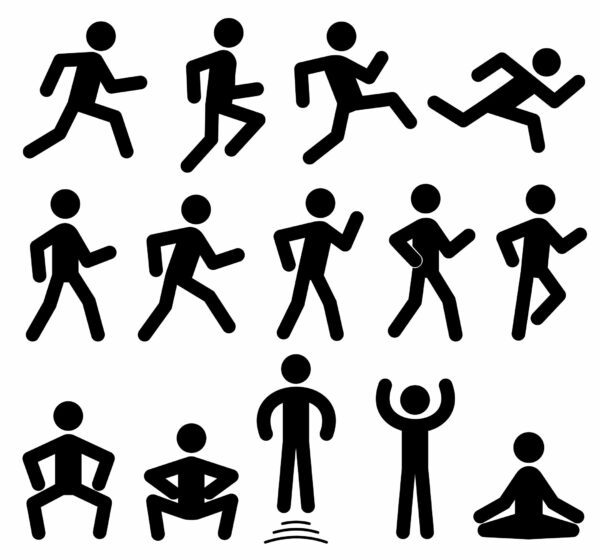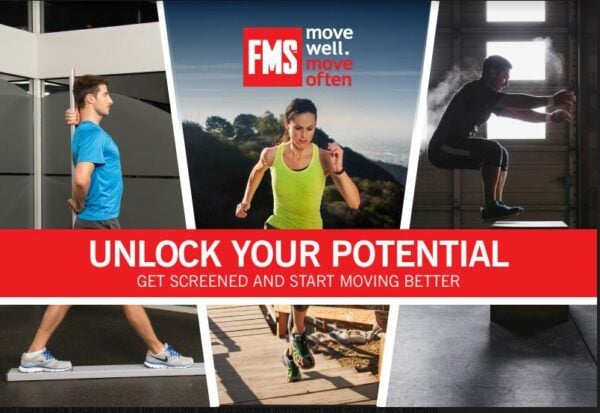
During the COVID-19 pandemic, activity levels dropped for a lot of people. Between stay-at-home orders, gym closures and working from home, people became more sedentary. On top of that, there were shortages of equipment like dumbbells and bicycles, making staying active at home difficult even if you wanted to.
But right now, things look different; vaccines are widely available, restrictions are loosening and people are looking to get active and enjoy the activities they love again. That’s all good news, but if you had a long break from activity, your body might not be ready to jump right back in.
Here are a few tips to help you get more active without getting hurt.
Start Slow
- If you’re a runner, think about a walk-to-run program
- If you’re a weight lifter, start with lighter weights and fewer reps.
- Whatever your activity of choice is, start with short periods of activity and gradually work your way back up.
- Consider working with a Physical Therapist to evaluate your current status, or your Movement Baseline, and develop a return-to-activity plan specific to your body and your goals. All of this can be provided through a Functional Movement Screen.

Warm-up and Cool Down
Warming up gets your heart and lungs ramped up and prepares your muscles and tendons for the increase in activity about to come. Include some light cardio like jogging, calisthenics, or cycling, followed by active stretching like butt kicks, high knees, or yoga.
Cooling down transitions your body back to a lower state of stress – it brings your heart rate and breathing down, decreases blood flow to your muscles and back to places like your digestive system, and helps you relax. It’s also a great place for static stretches if you need some work on your flexibility.
Take a Day Off!
Rest days let your body recover and keep you from getting burned out. Not enough exercise isn’t good for you, but too much of a good thing can cause problems too. Be sure to get an adequate number of hours of good quality sleep, not only on rest days but on work-out days as well.
Watch for Early Signs of Injury
Some soreness for a few days after the activity is normal, especially if you’ve had a long break. But there are a few common issues to watch out for as you return to activity:
- Swelling or bruising
- Joint pain, especially in the knees or shoulders
- Foot pain, which could be a sign of plantar fasciitis
- Muscle strains – particularly common in the hamstrings
- Sprains – most common in the ankle
Any of these issues justifies a call to your physical therapist. Getting checked out early can prevent an injury that derails your attempt to return to activity. PTs see all of the issues just mentioned on a regular basis and can help safely guide you back into a more active lifestyle.
Thank you to the APTA Private Practice Section for providing the content for this blog.
Keep Reading…
SLOW THE PROGRESSION OF ARTHRITIS WITH NUTRITION
Slowing the Progression of Arthritis
It is increasingly apparent that what is healthy for one’s heart is also good for one’s aching joints and knees. Current research links significant associations between the types of dietary fat intake with structural progression of knee osteoarthritis. Osteoarthirits (OA) also known as degenerative joint disease (DJD) is the most common chronic condition of the joints affecting more than 3 million people a year or 27 million Americans. One in two adults will develop symptoms of OA in their lifetime (Arthritis Foundation, 2016). Common risk factors for developing arthritis include increasing age, previous joint injury, obesity, joint overuse, weak supporting muscles, and genes.
However, top researchers in the field of nutrition science affirm that following a healthy diet may be an effective strategy for the management of knee osteoarthritis. Furthermore, following a healthy diet and lifestyle is by far more attractive than medications with respect to (long term) risks/benefits. The results of the following study offer hope for individuals searching for steps to limit the progression of OA.
TOP 10 REASONS TO CHOOSE PT FIRST
Do more than mask the pain, reduce or eliminate it.
Exercise and manual therapy (including soft tissue and joint mobilizations) can help relieve pain, restore mobility and function and help reduce or eliminate pain. Pain is often cyclical and can be minimized or eliminated with musculoskeletal mobility.
Learn how to help treat yourself and become empowered with your care
There really isn’t a magic wand at PT! A Physical Therapist will do more than just address your injury or involved body part. We will look at you as a whole person and empower you with your care, giving you plenty of education and ways you can help yourself.
Become more active!
Learn to care for your body instead of suffer. There are so many studies that show that activity for 30 minutes per day helps to maintain healthy systems, from head to toe. A Physical Therapist promotes total health and wellness and can often be a good motivator to get you on track with your goals!
Prevent surgery
Often times, musculoskeletal injuries can be treated by PT and you can avoid surgery all together. The key is to get to know a PT soon after an injury so your pain and limitations do not become irreversible. Talk with your physician ASAP!
Free Community Education Seminar: Hip and Knee Pain
Join us for Hip and Knee Pain - the next seminar in our Free Community Education Series. This interactive seminar will feature Robert Sherman, MD of Upstate Orthopedics and Onondaga Physical Therapy's Taryn Bader, PT.
WHY AM I LOSING MY BALANCE?
Is it because I am getting older? As we age, our body changes. Our reflexes slow down and our nerve signals are not quite as fast to alert us to make a correction when we lose our balance. Balance is essential to our everyday routine – from getting dressed to taking the dog for a walk, to cooking a meal. Most of the time you don’t have to think about balance – but when you do, it can become frustrating. The feeling of being unsteady can lead to inactivity. Individuals tend to withdraw from their favorite activities or decline invitations due to a fear of falling. The less you do the weaker balance will become and risk for falls will increase. What a vicious cycle!






